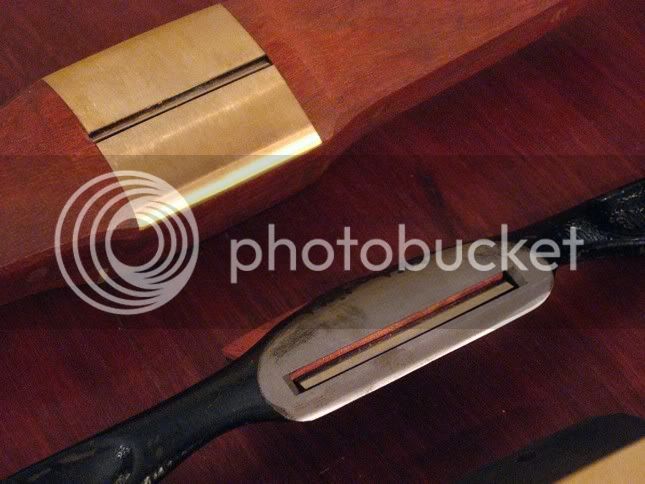MarcW
Established Member
Hi all,
We recently had a brainstorming there over in the German forum on how to plane a concave curve of radius 4inches on a board. There were many ideas and I followed the one of the spokeshave. So I ordered a low angle model by Veritas. It worked not as bad as a scraper blade but I couldn't avoid chatter. First trials ended up like this:
1. I sawed with a coping saw.
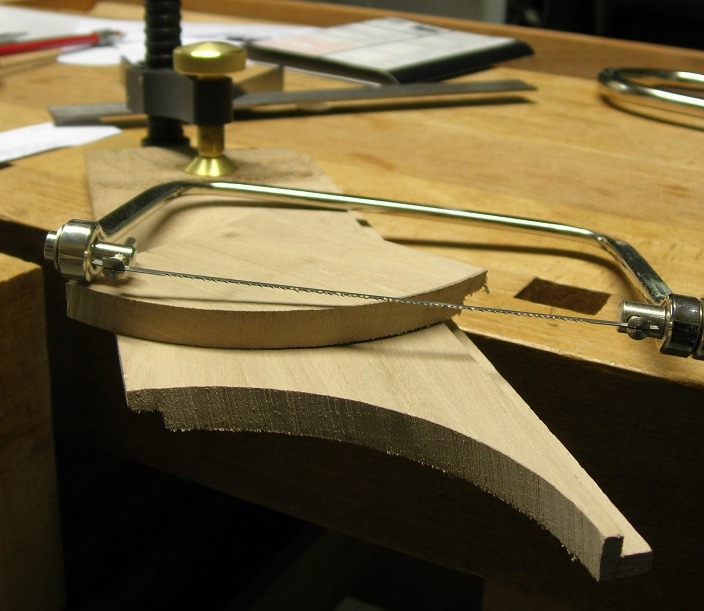
2. Results of a first attempt. Chatter on the curve.
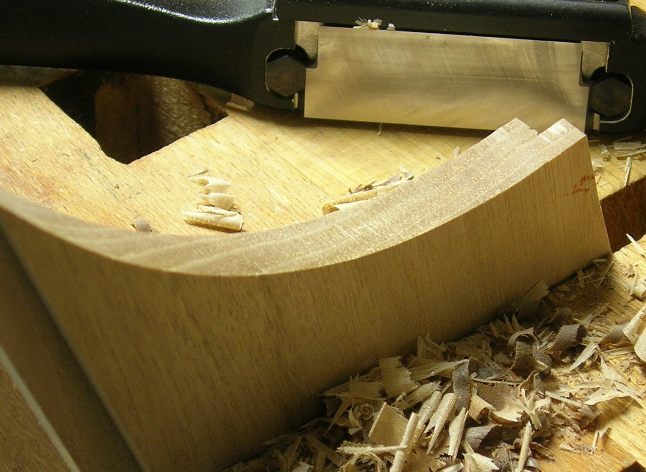
I came to the conclusion, that the toe piece was to short to make a stable rest and this could cause the chatter. So I built a new wider aluminum toe piece with a slightly smaller radius than the 4 inches of the board's curve.
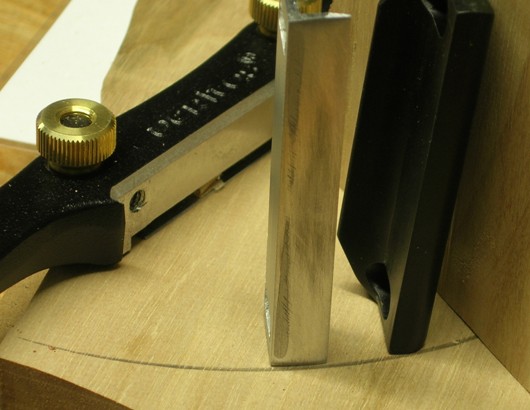
But the heel of the blade touched the workpiece in the curve.
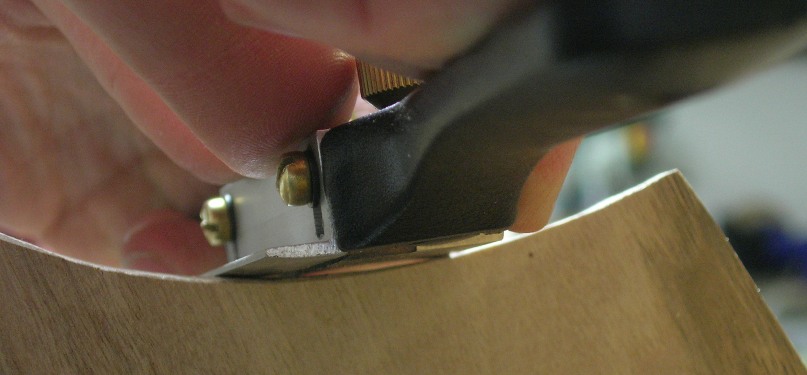
A second filing session gave the toe piece a smaller radius. And see now it worked okay. Planing first one edge long like I would chamfer, then the other edge always skipping the blade a tad more towards the centre. Finally two or three strokes shave the center. The result is fine ... for me. What do you think? And what did you do?
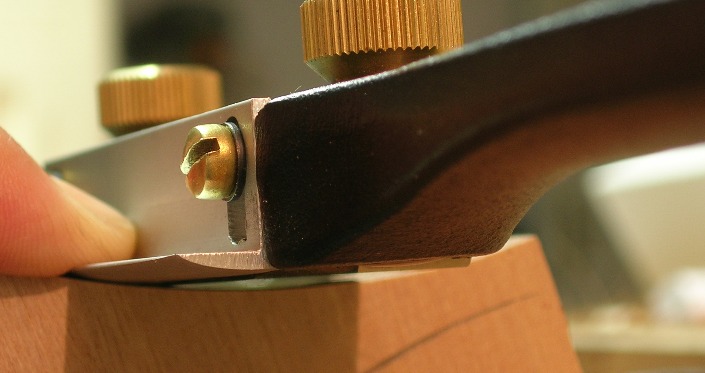
Thanks for sharing ;-)
Marc
We recently had a brainstorming there over in the German forum on how to plane a concave curve of radius 4inches on a board. There were many ideas and I followed the one of the spokeshave. So I ordered a low angle model by Veritas. It worked not as bad as a scraper blade but I couldn't avoid chatter. First trials ended up like this:
1. I sawed with a coping saw.

2. Results of a first attempt. Chatter on the curve.

I came to the conclusion, that the toe piece was to short to make a stable rest and this could cause the chatter. So I built a new wider aluminum toe piece with a slightly smaller radius than the 4 inches of the board's curve.

But the heel of the blade touched the workpiece in the curve.

A second filing session gave the toe piece a smaller radius. And see now it worked okay. Planing first one edge long like I would chamfer, then the other edge always skipping the blade a tad more towards the centre. Finally two or three strokes shave the center. The result is fine ... for me. What do you think? And what did you do?

Thanks for sharing ;-)
Marc




